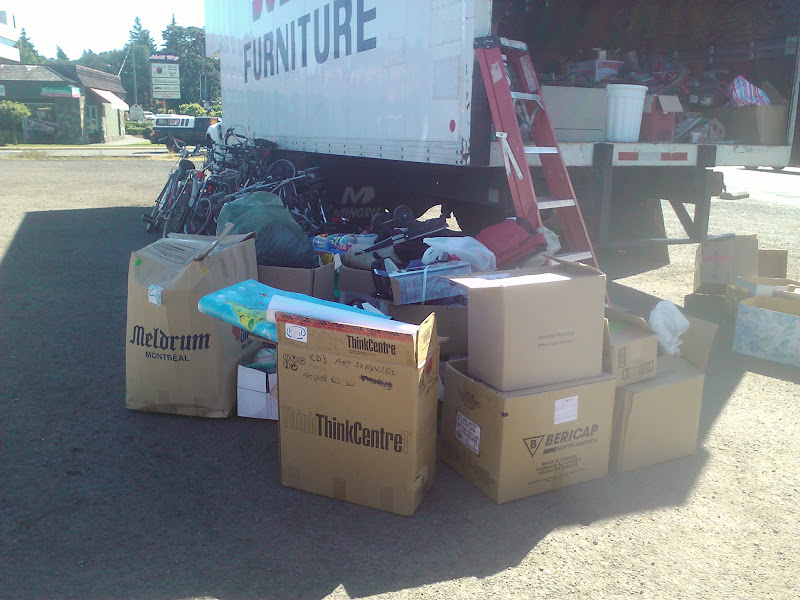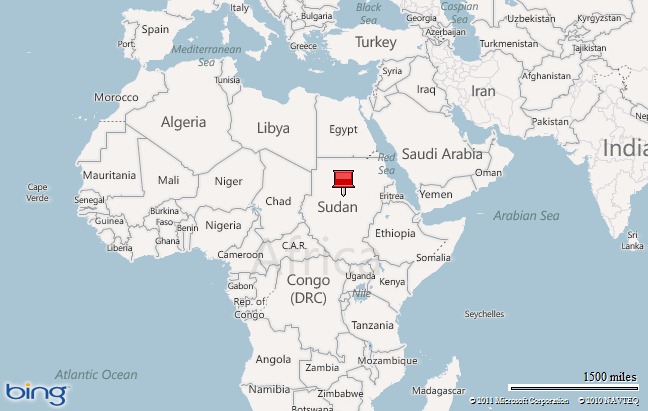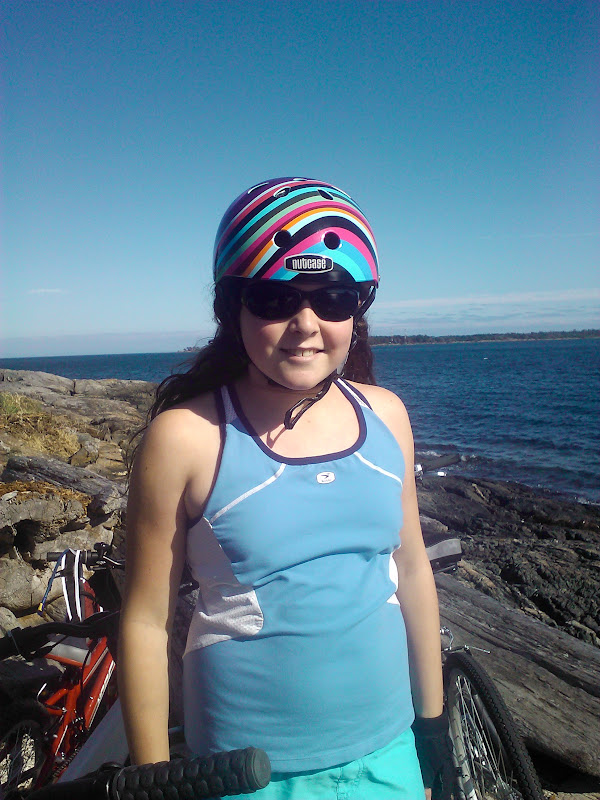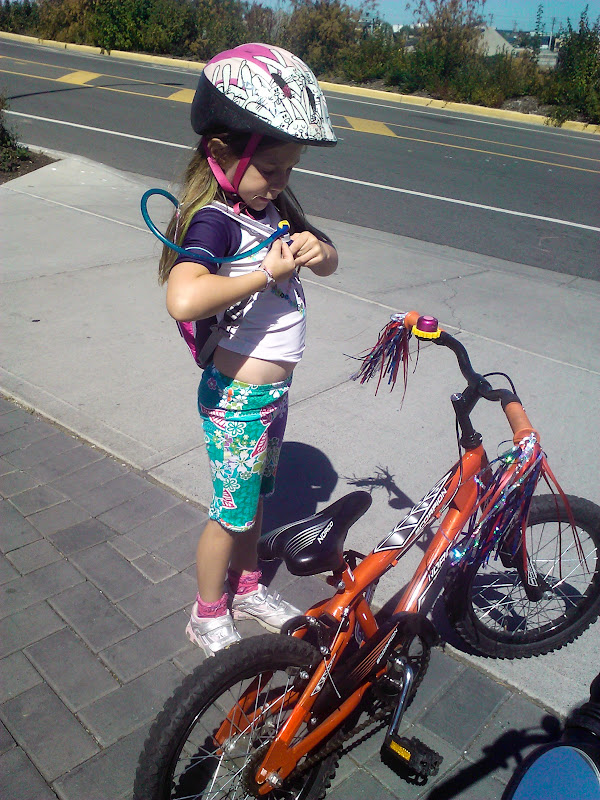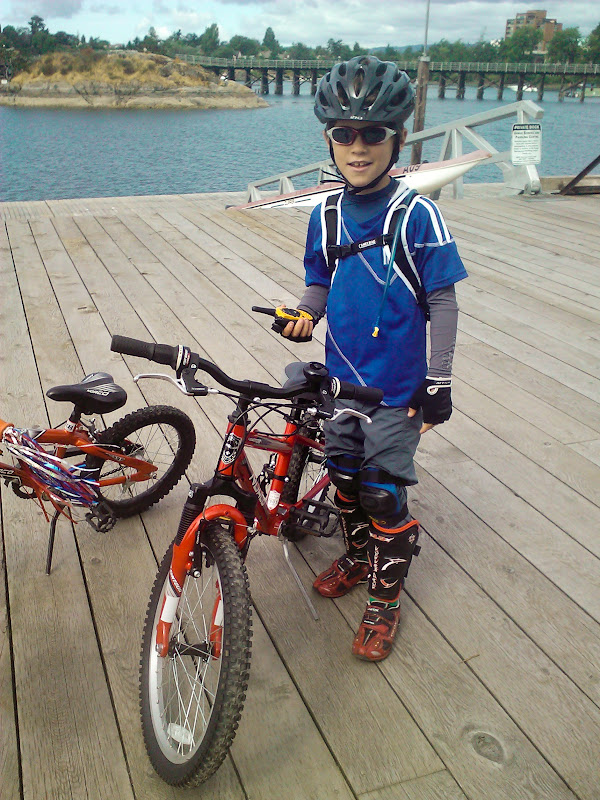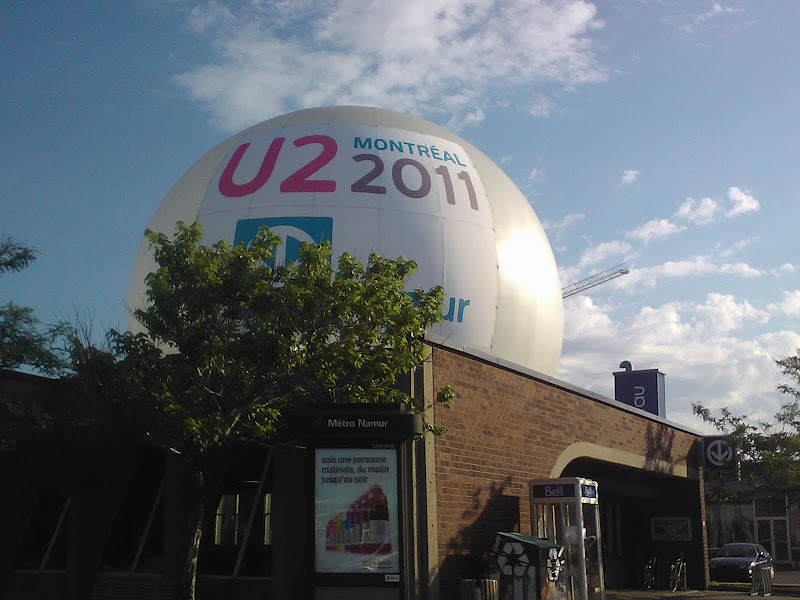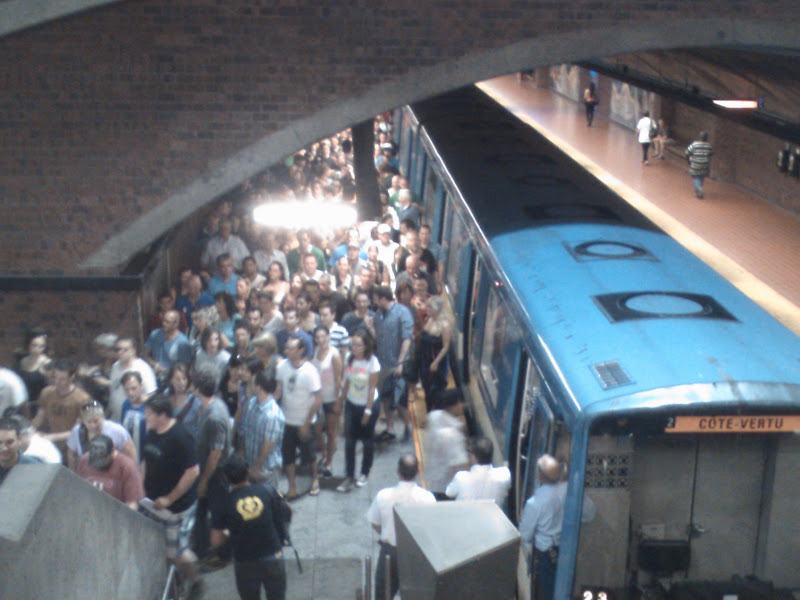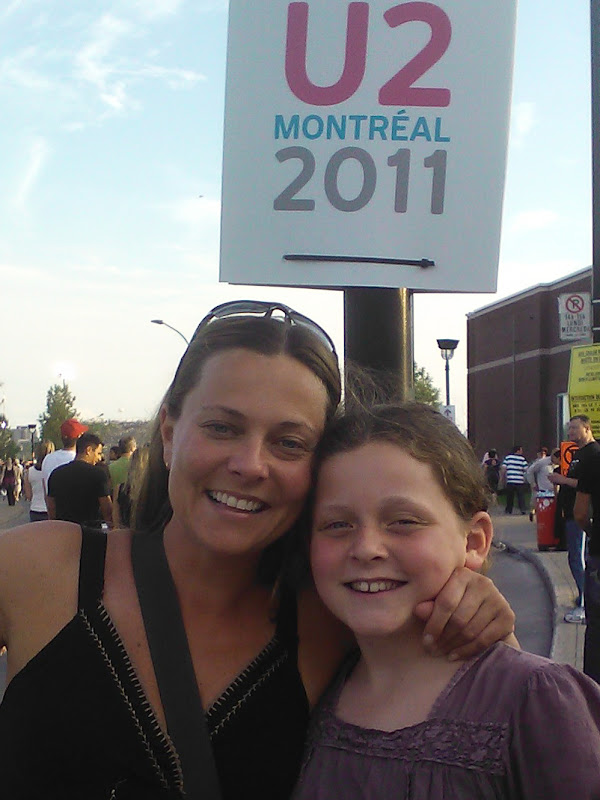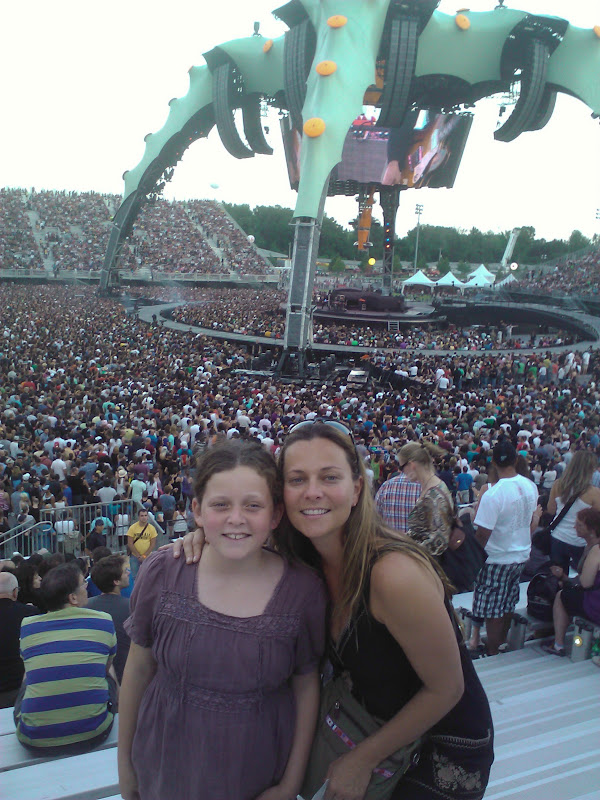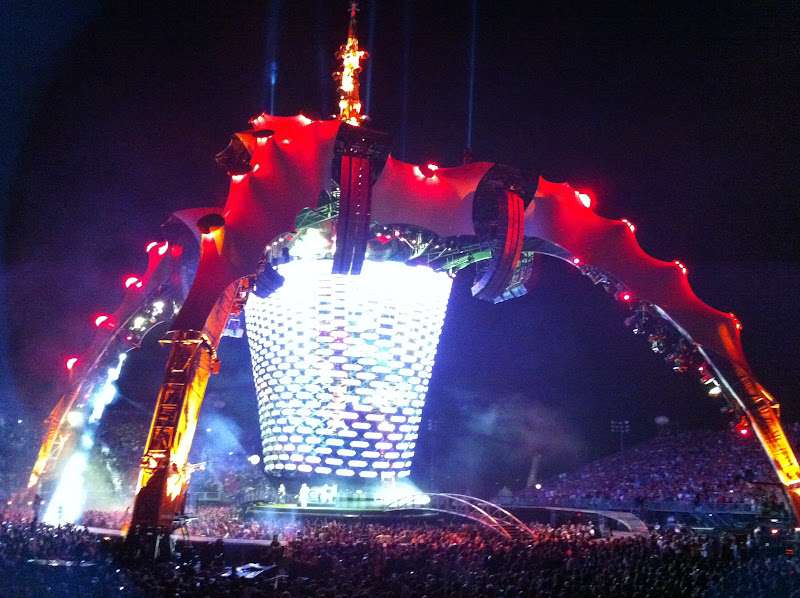Curaçao is an island in the southern Caribbean Sea off the Venezuelan coast. It is the largest and most populous of the three ABC islands (Aruba, Bonaire, and Curaçao).
Curaçao features architecture that blends Dutch and Spanish colonial styles. The wide range of historic buildings in and around Willemstad earned the capital a place on UNESCO's world heritage list.
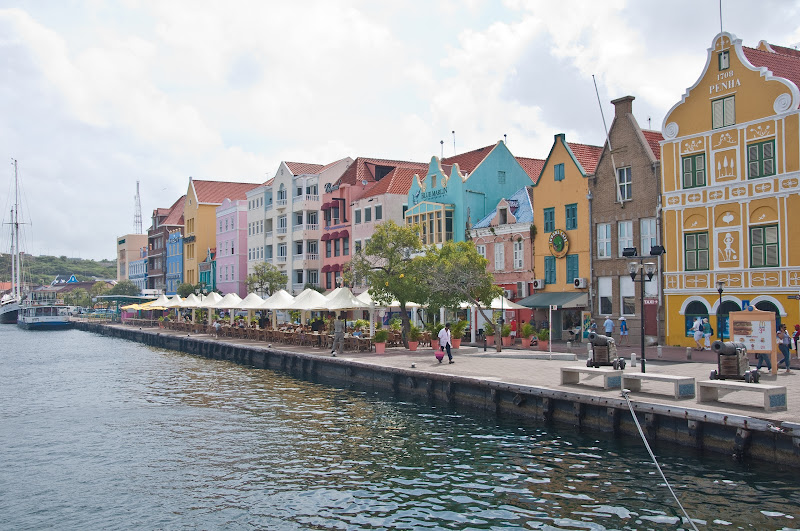
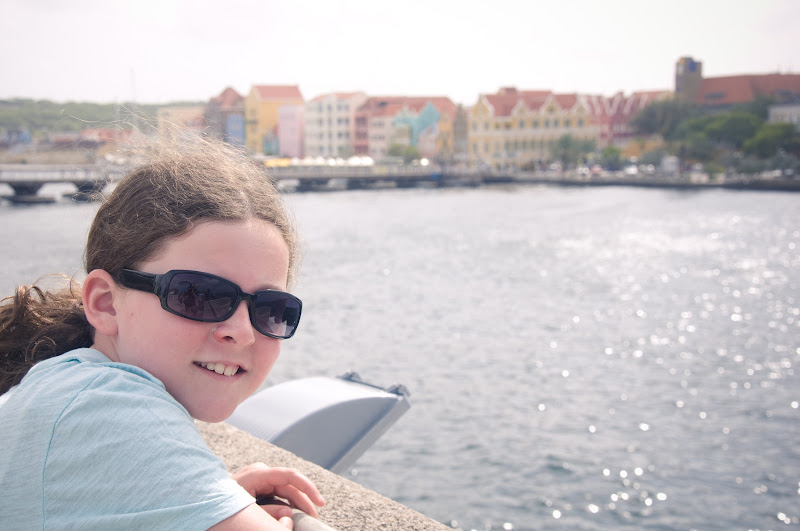
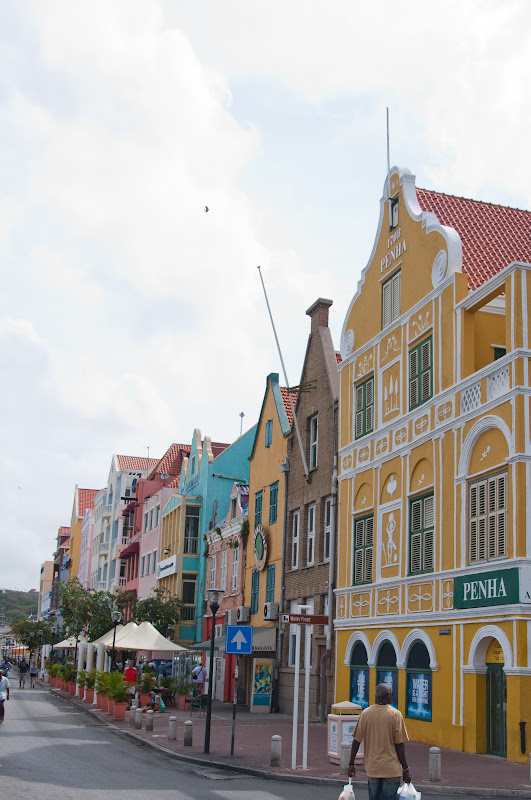
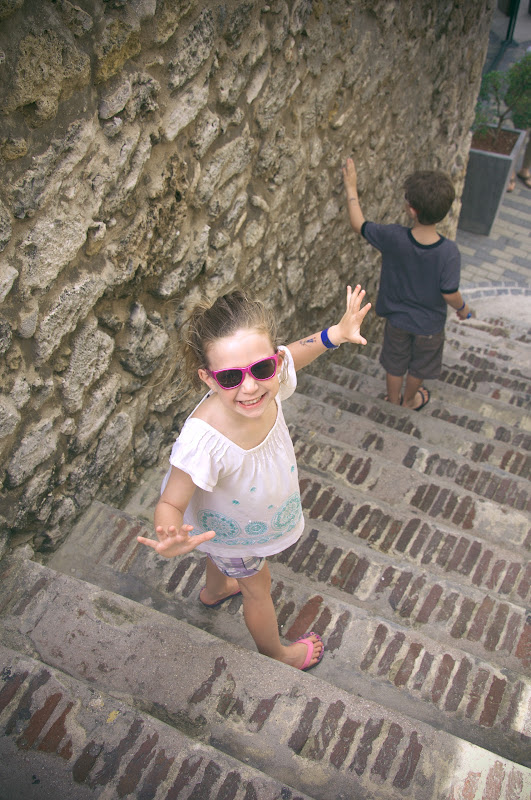
The Floating Market in Punda is one of Curaçao's most famous and picturesque sights. Venezuelan merchants sell their fresh produce from small fishing boats. During the days and nights that they spend on the island between their trips to and from Venezuela, their fishing boats double as living quarters.

Affectionately nicknamed the “Swinging Old Lady,” Queen Emma Bridge is one of the oldest and longest non-military pontoon bridges in the world. Its unique design was a necessity; by the time a bridge was contemplated, buildings covered every inch of shoreline on the Punda side of the channel and a traditional bridge would have required destruction of many structures. When the original 20-foot wide steam-powered pontoon bridge was completed in 1888, tolls were charged: two cents for pedestrians wearing shoes, ten cents for horses and, later, 25 cents for each car, but so many pedestrians removed their shoes and crossed barefoot that the toll was finally eliminated (reference).

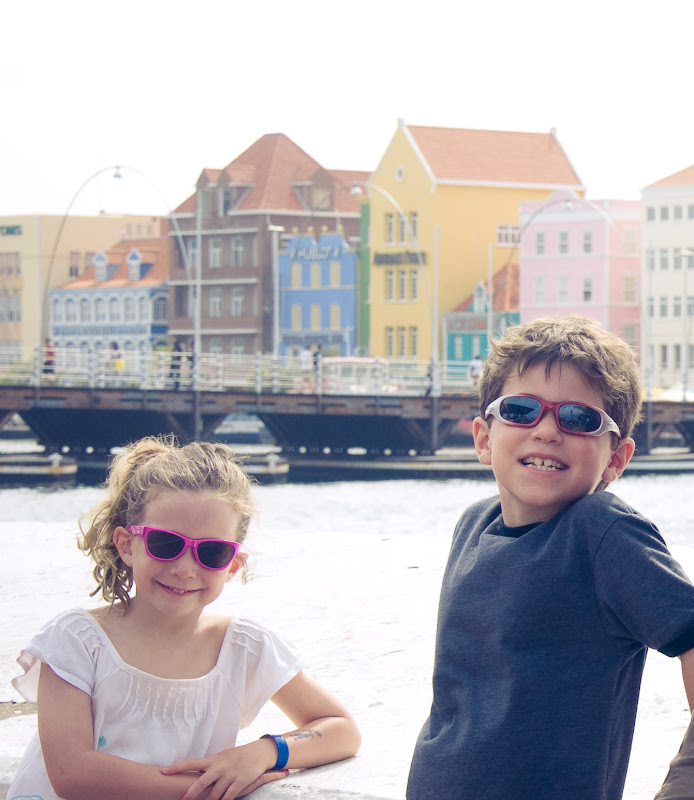
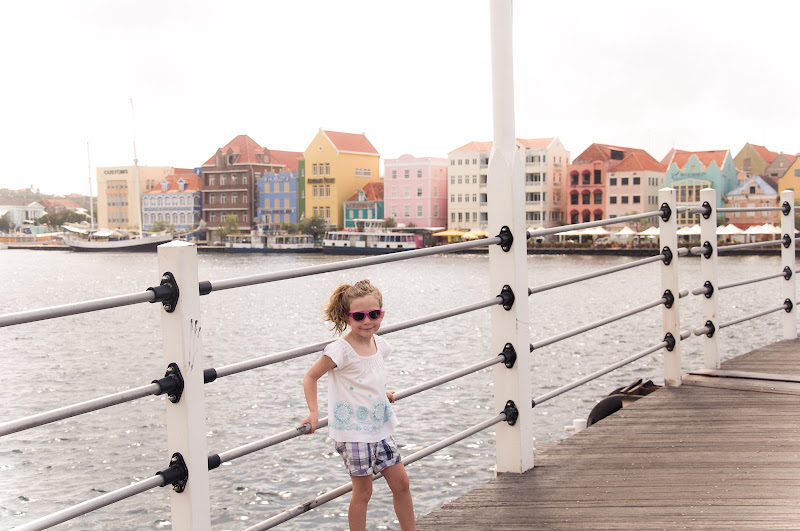
When a boat needs to pass, the pontoon bridge is driven open to allow passage. When fully open, the bridge is parallel to the shore.

